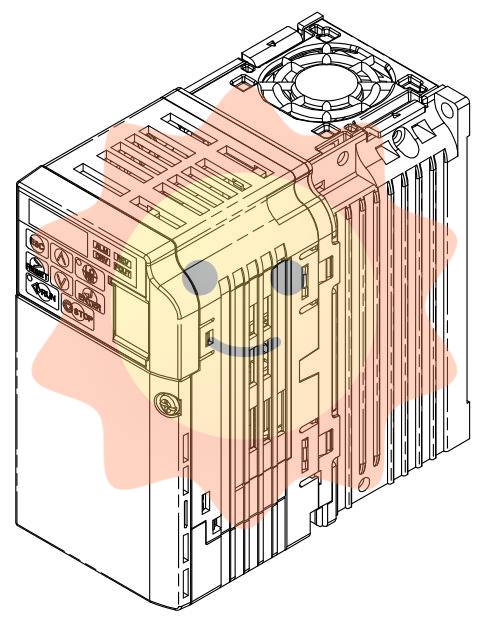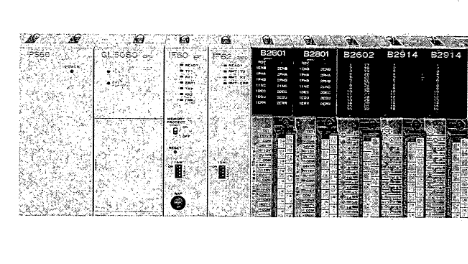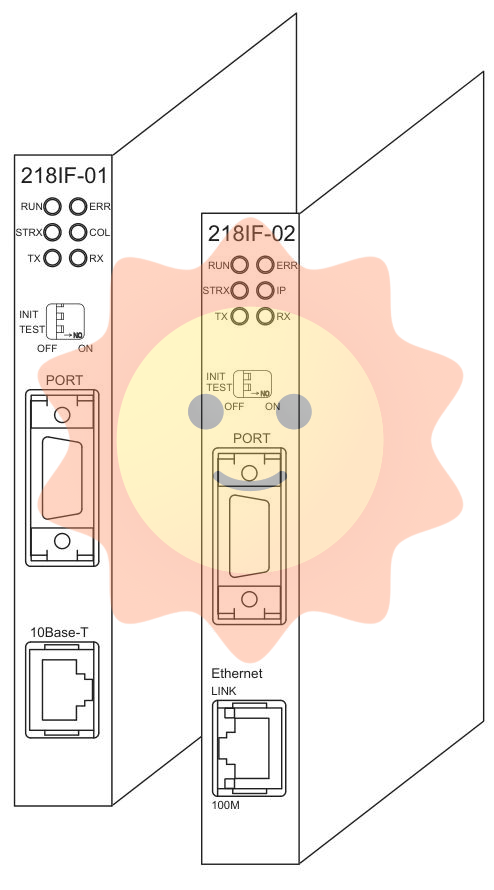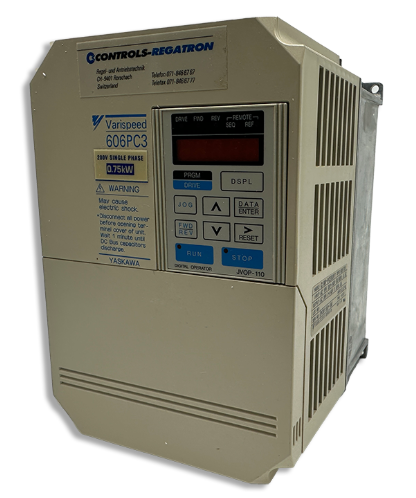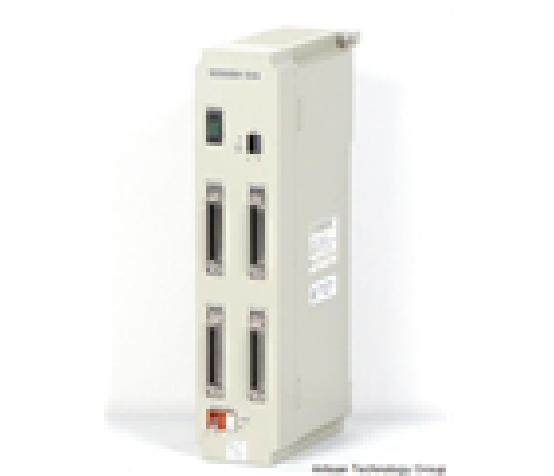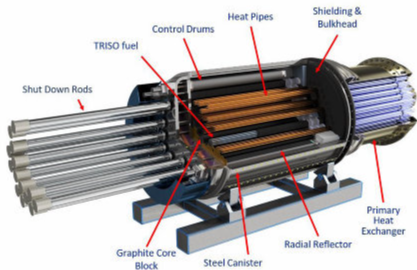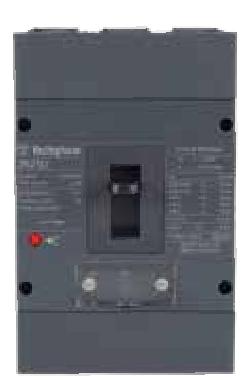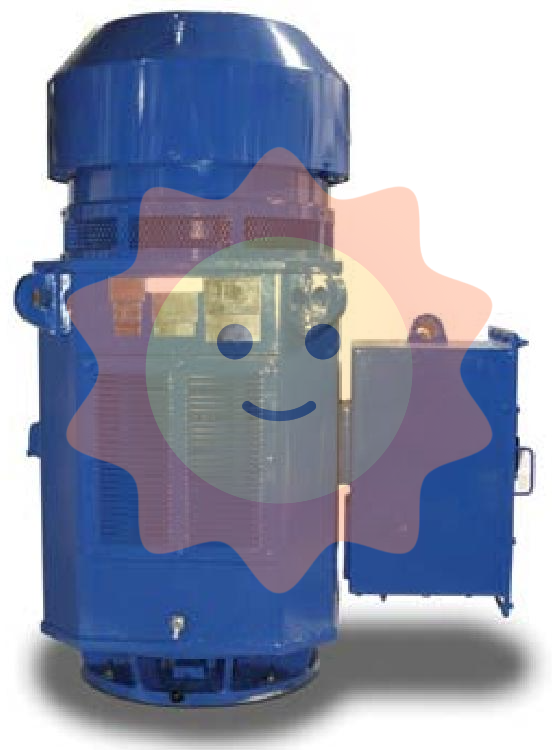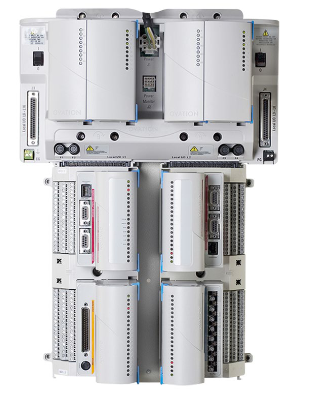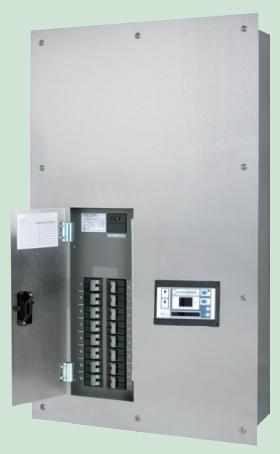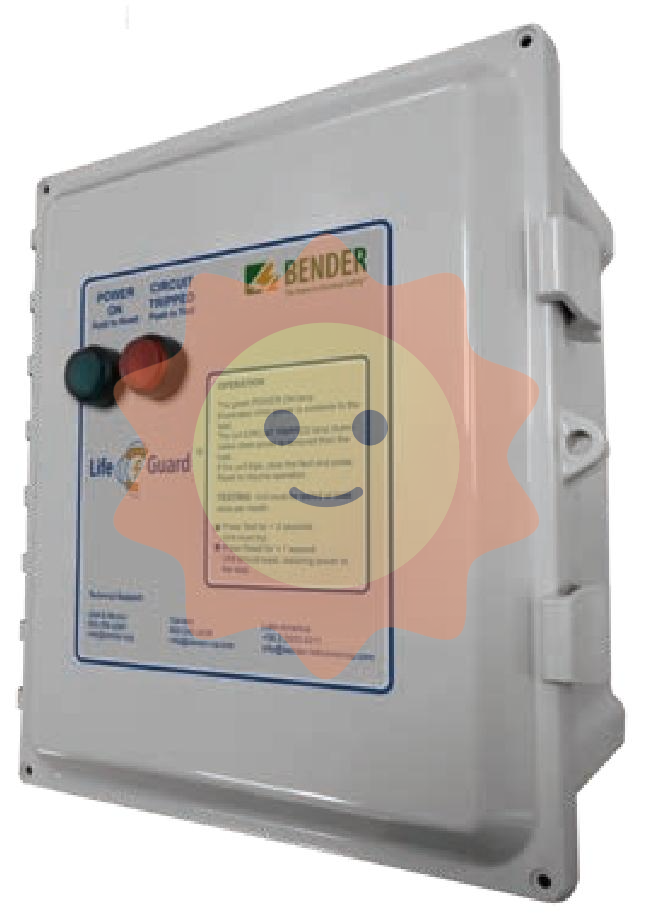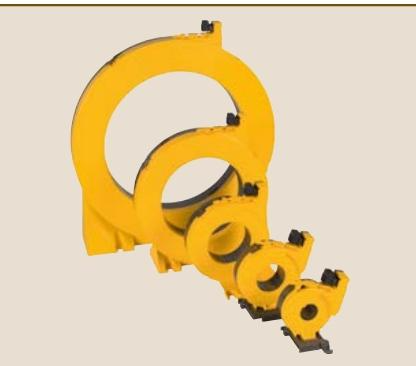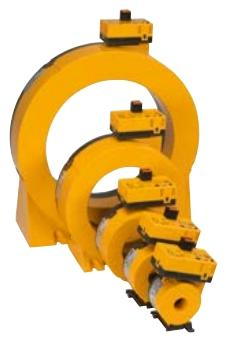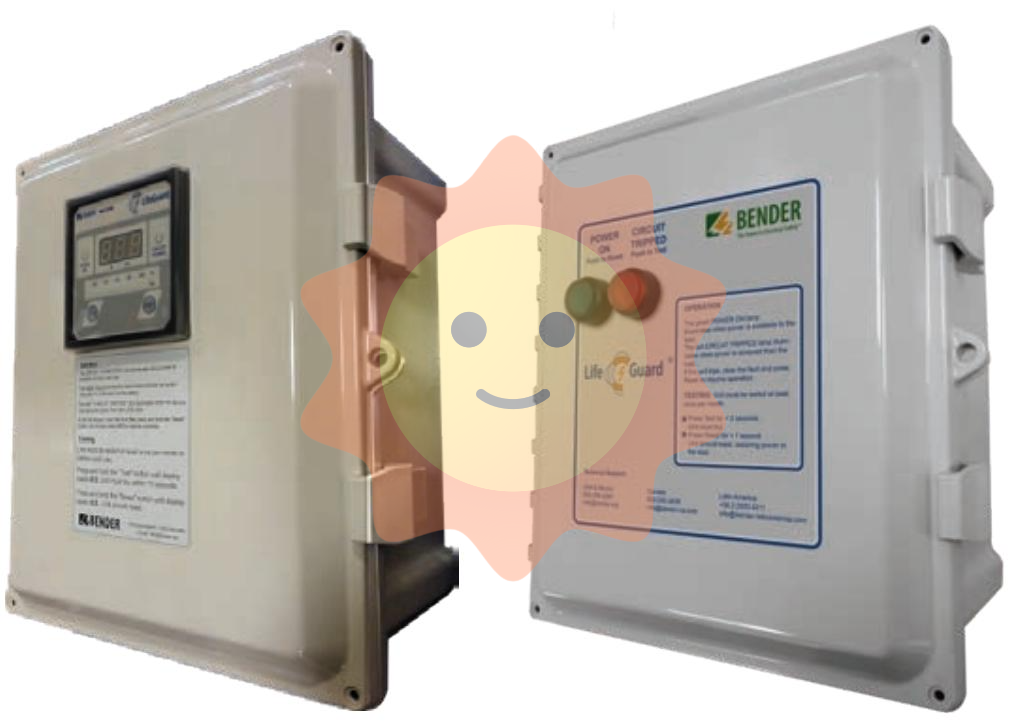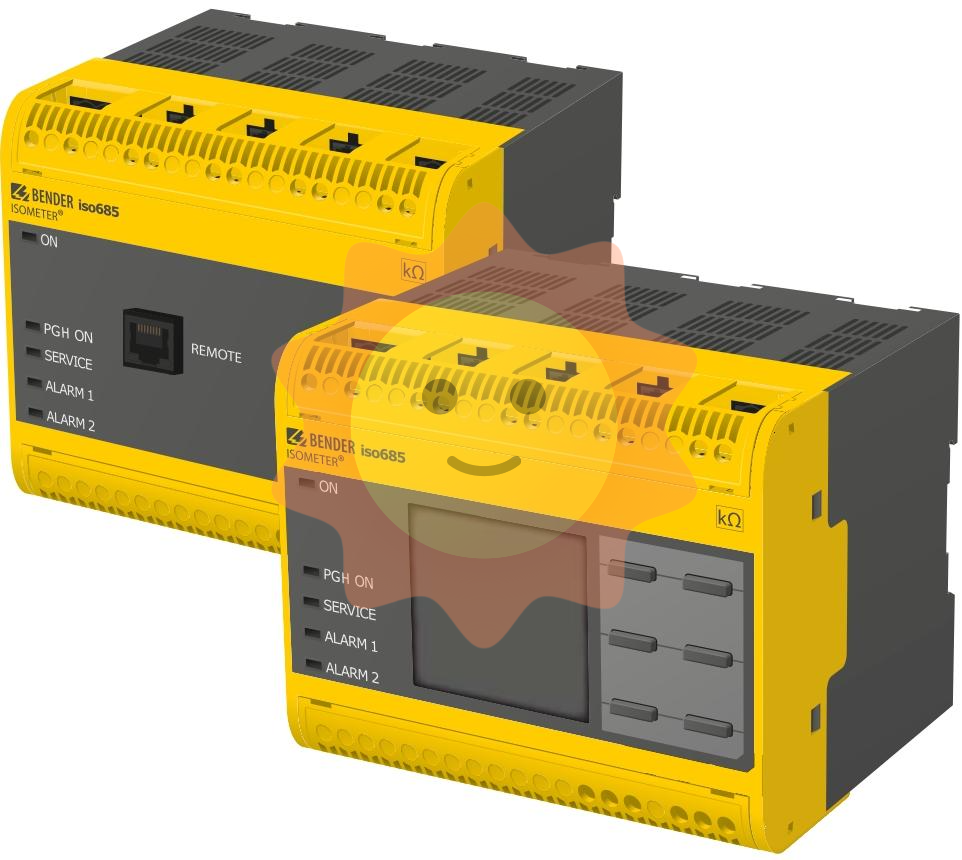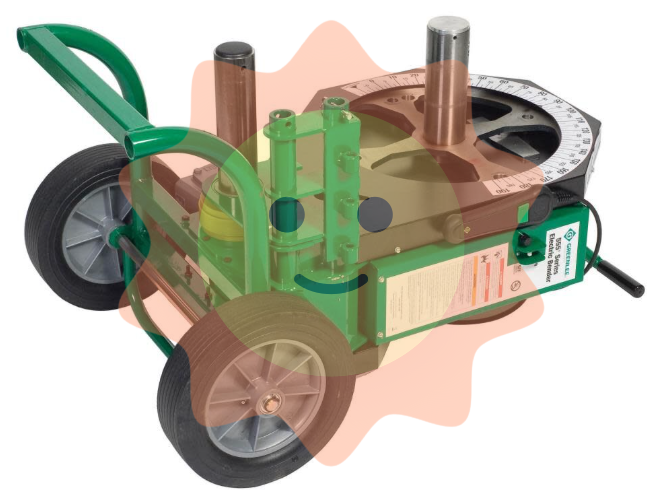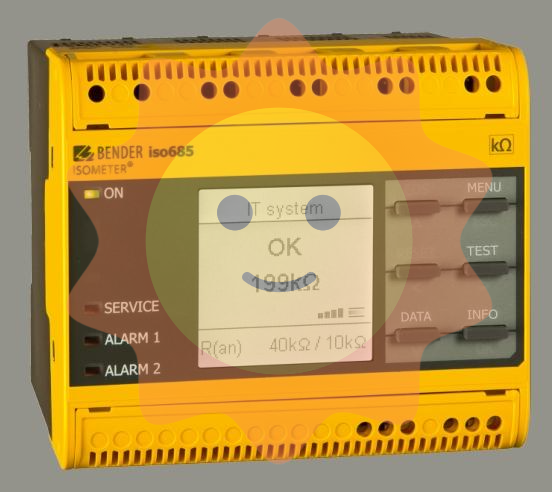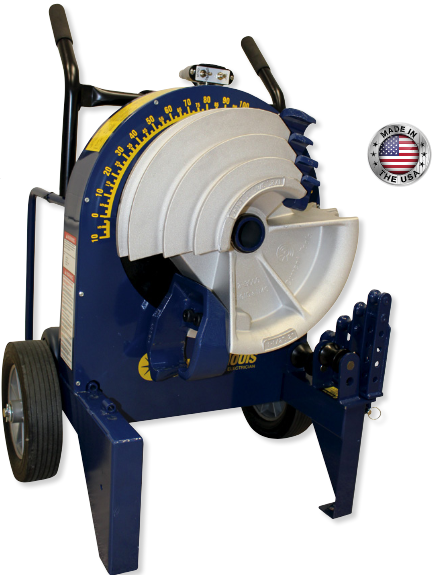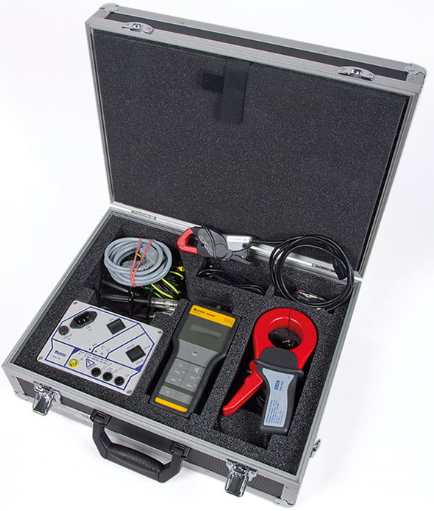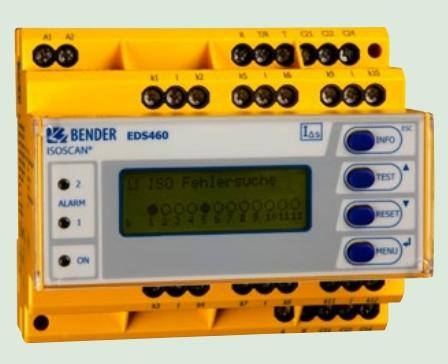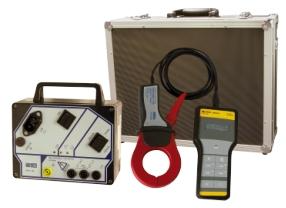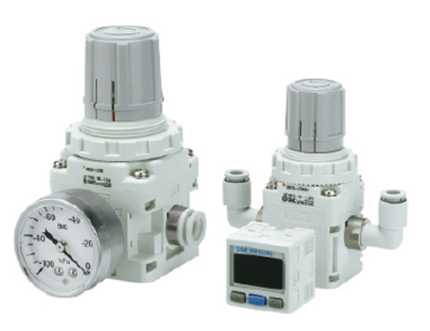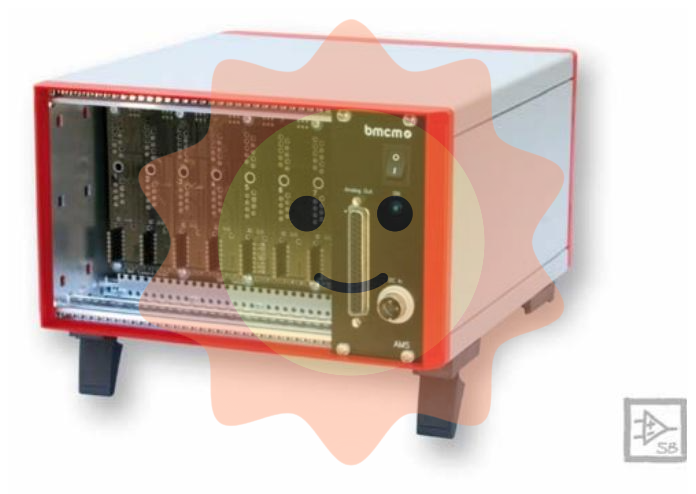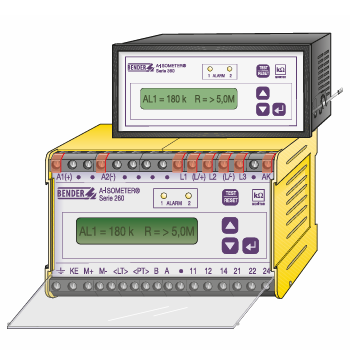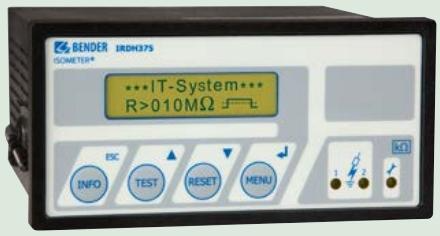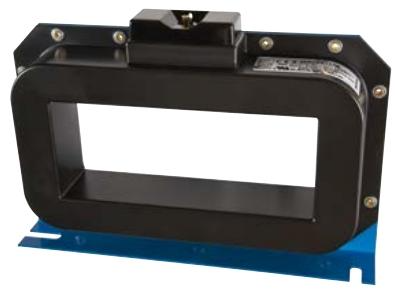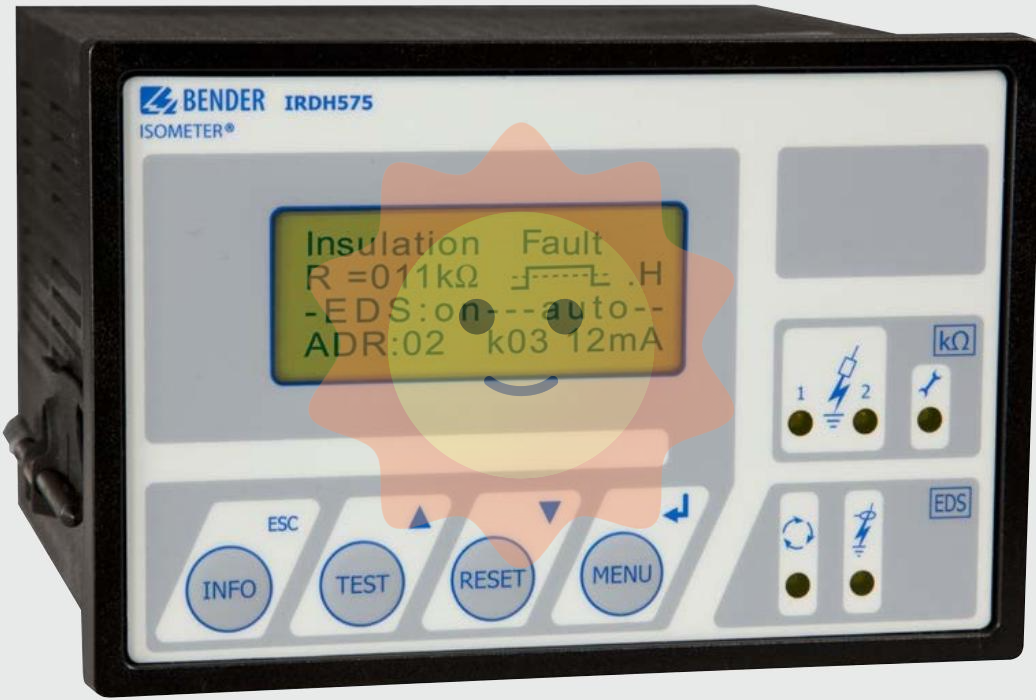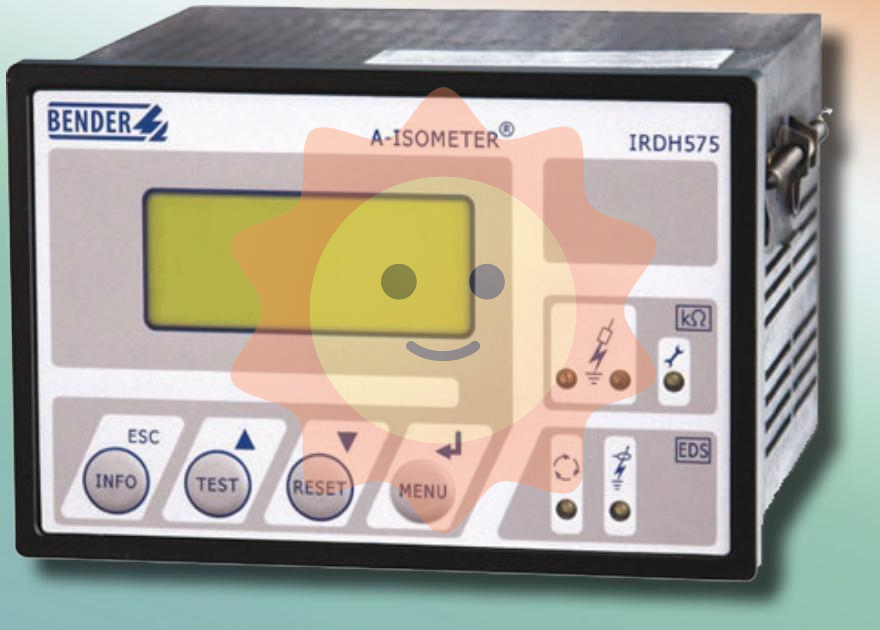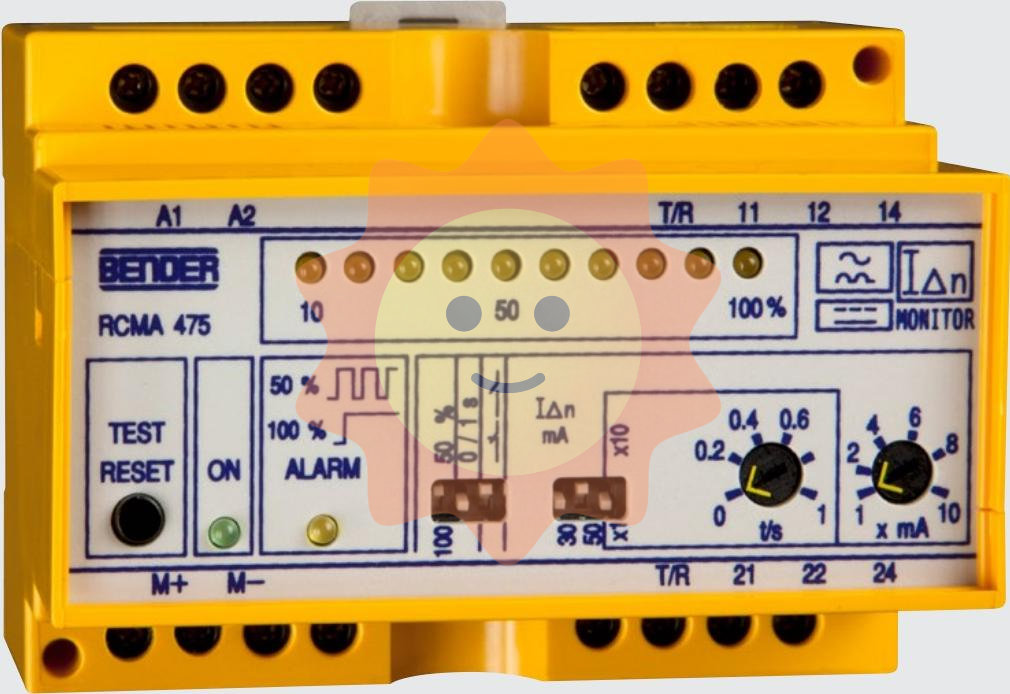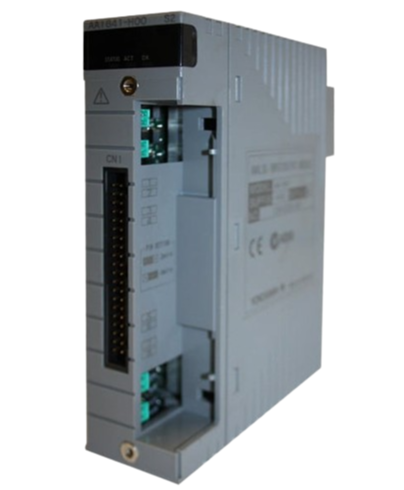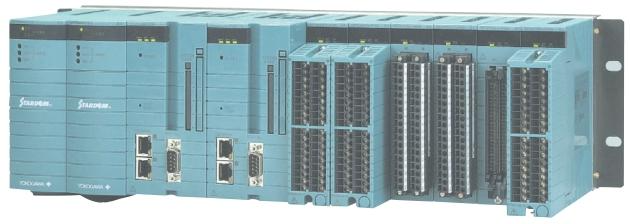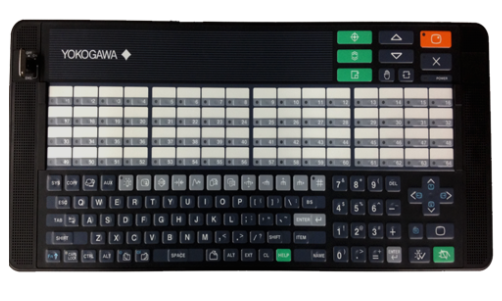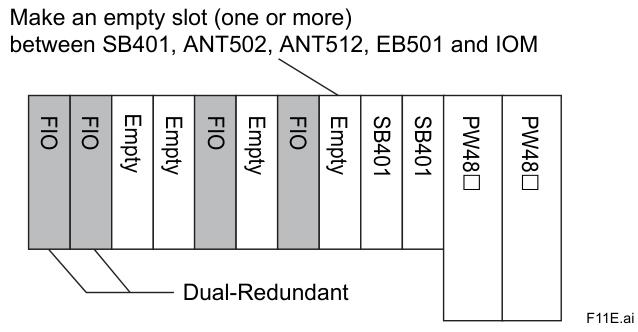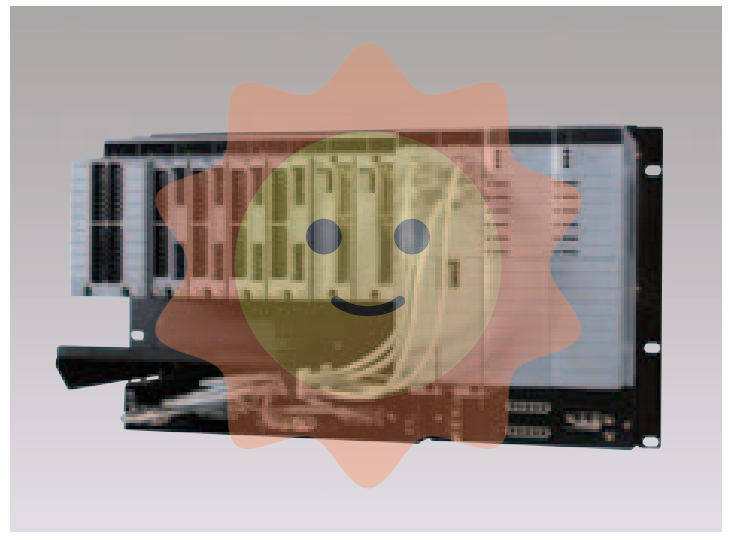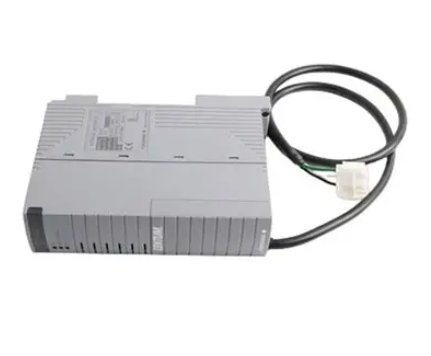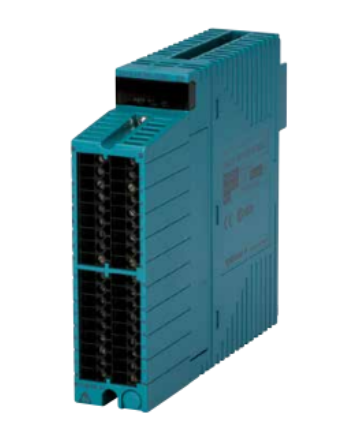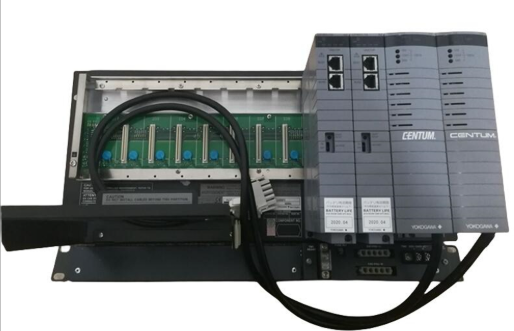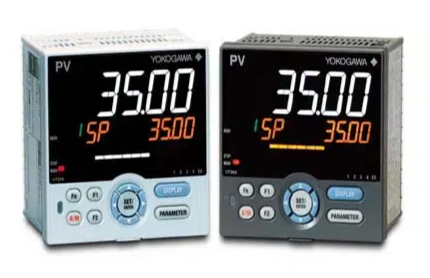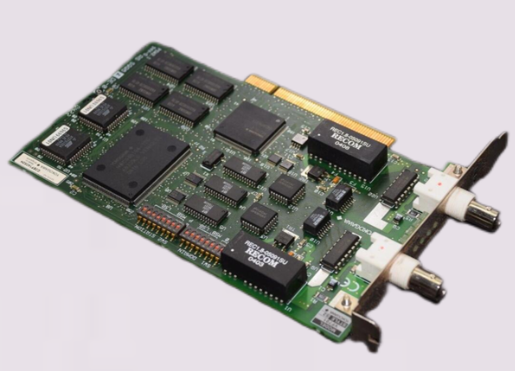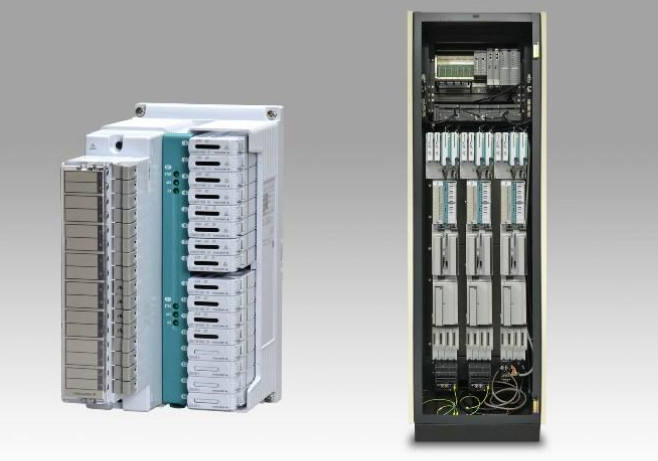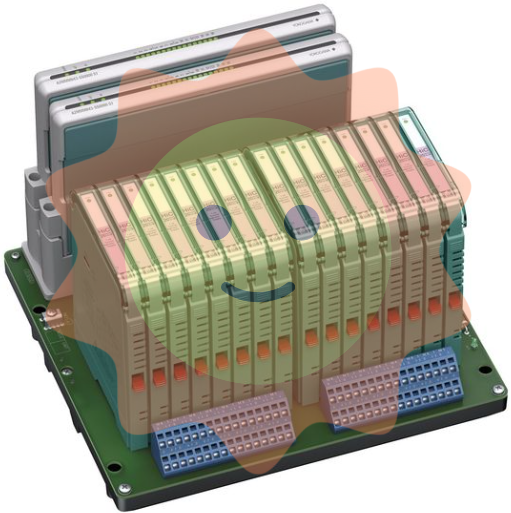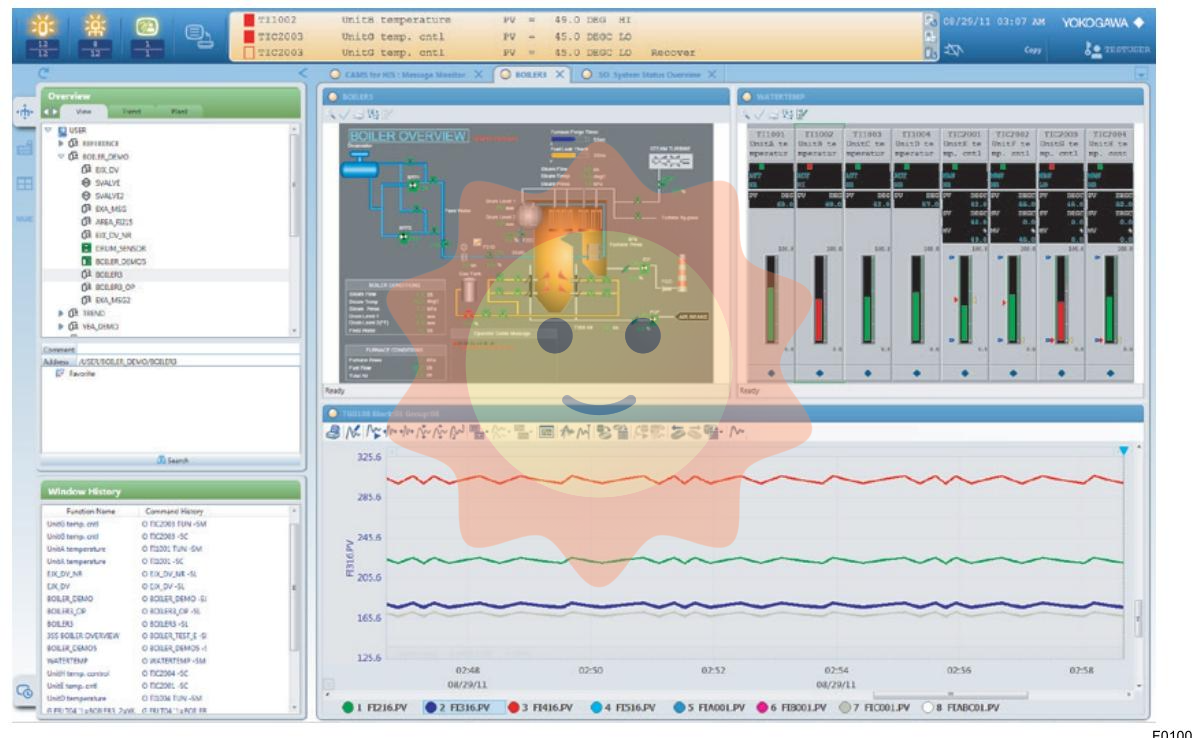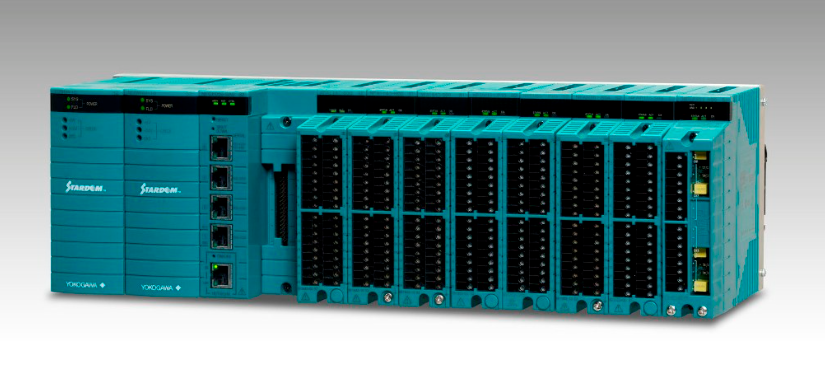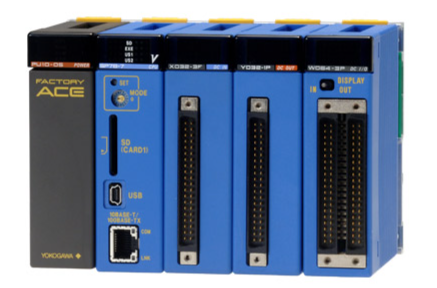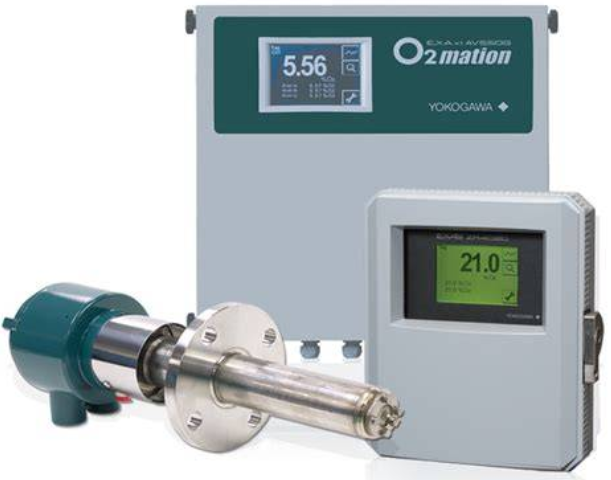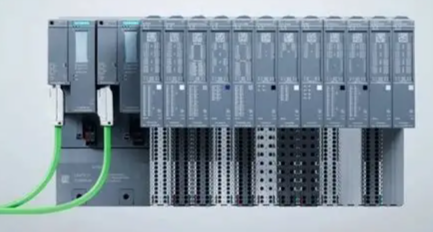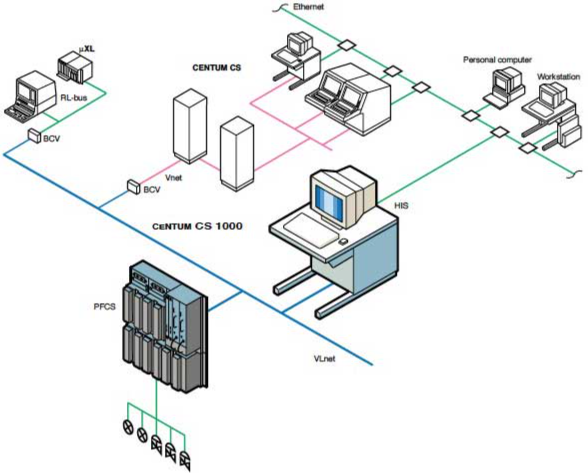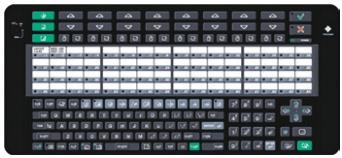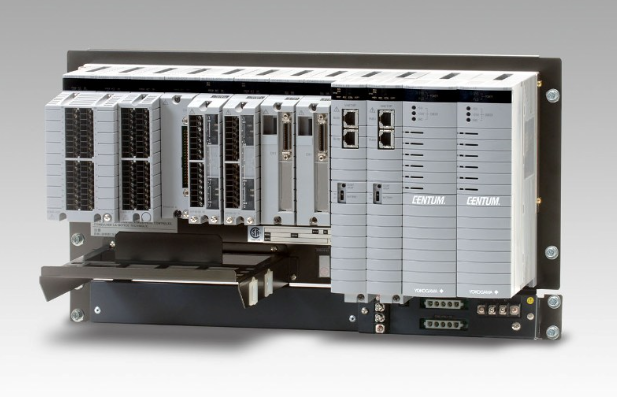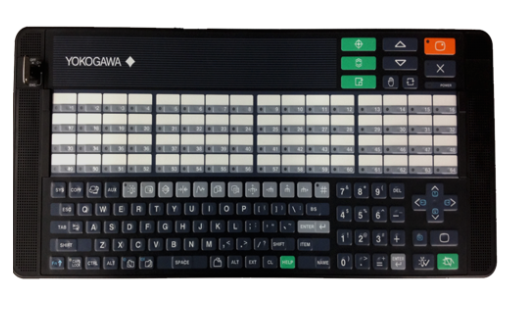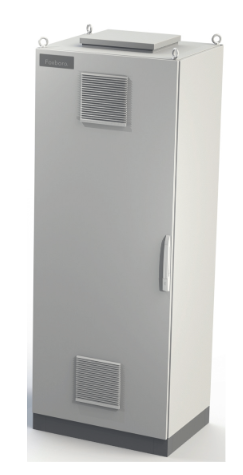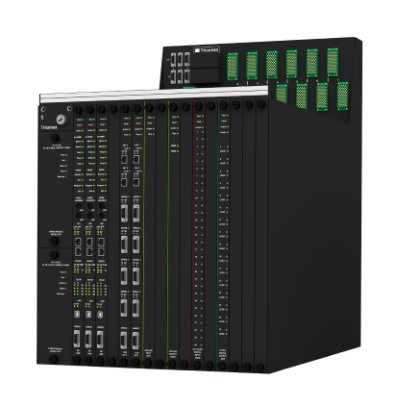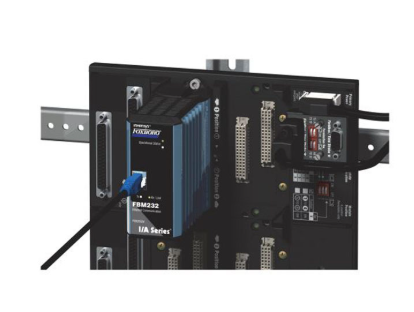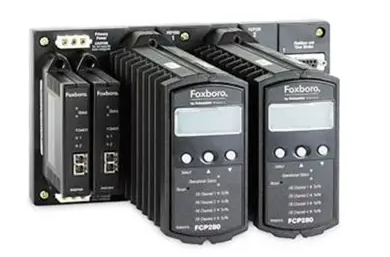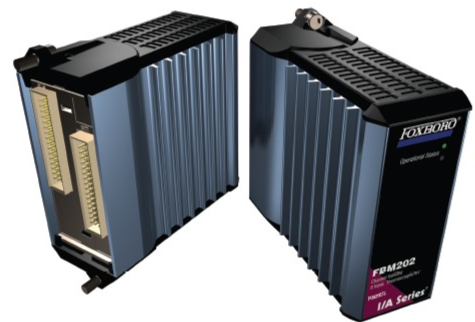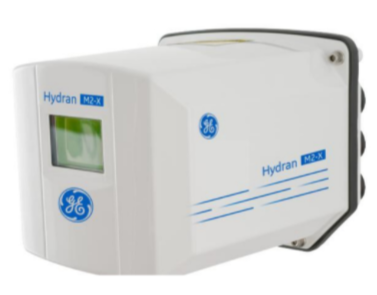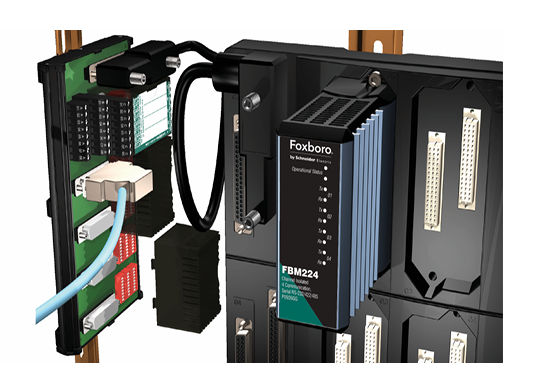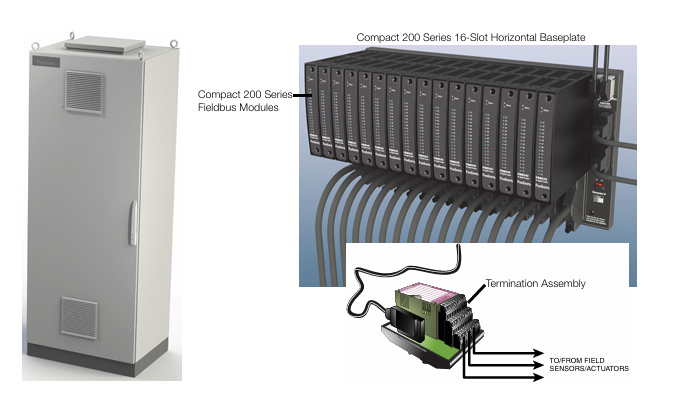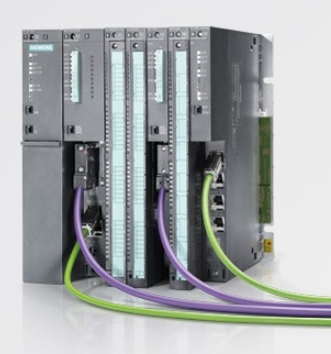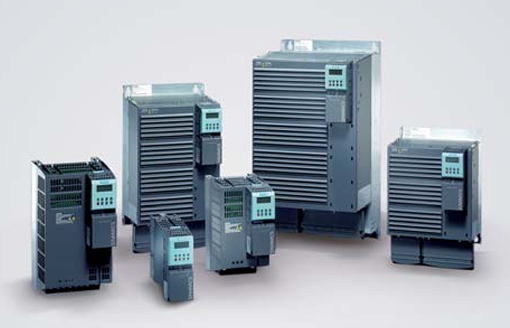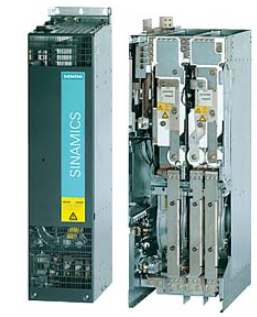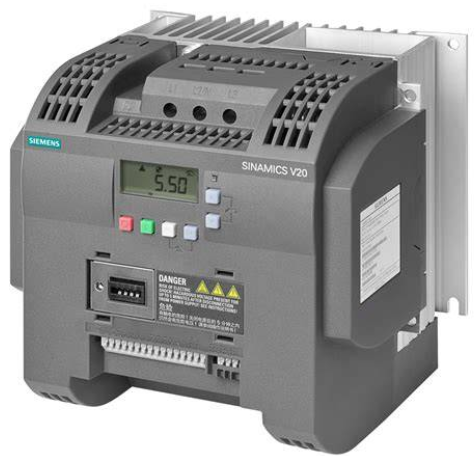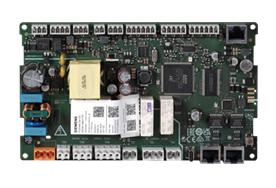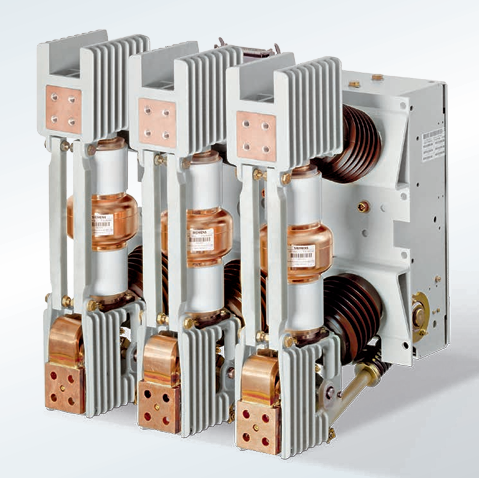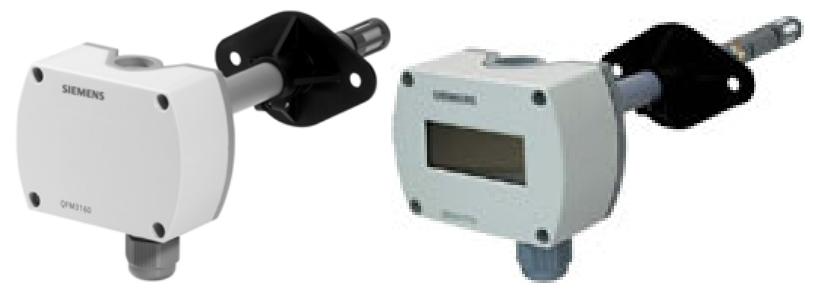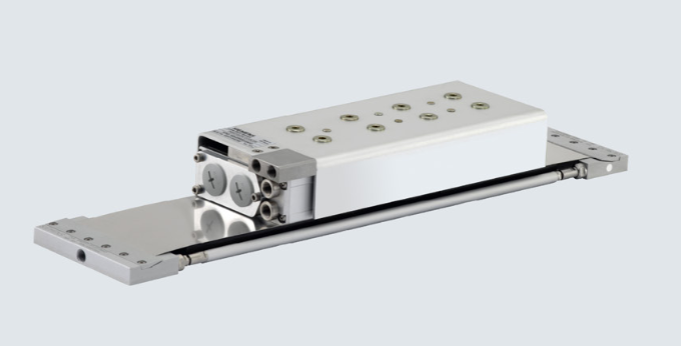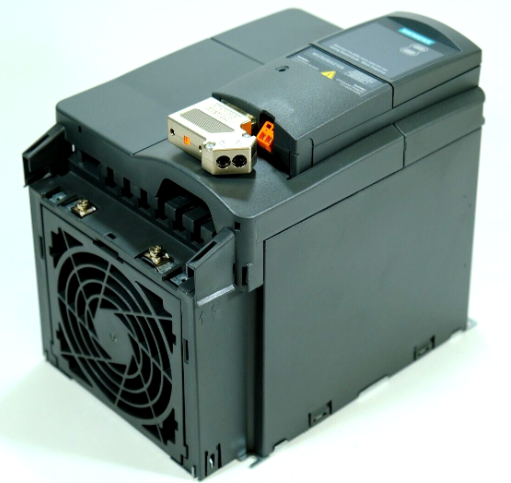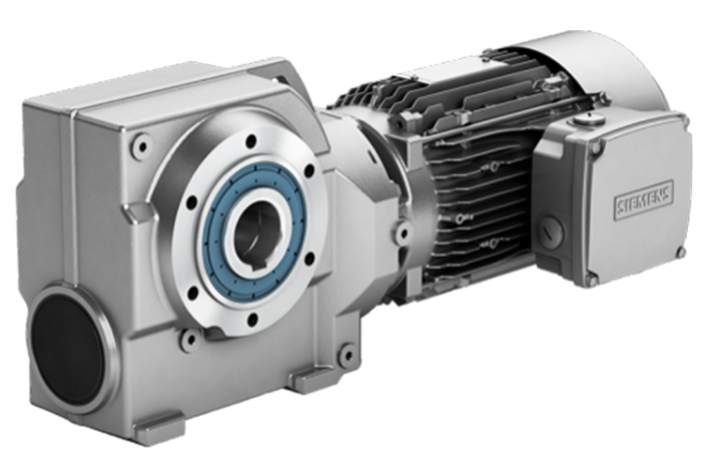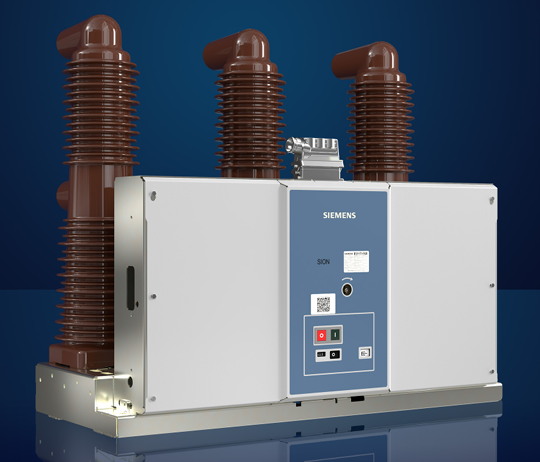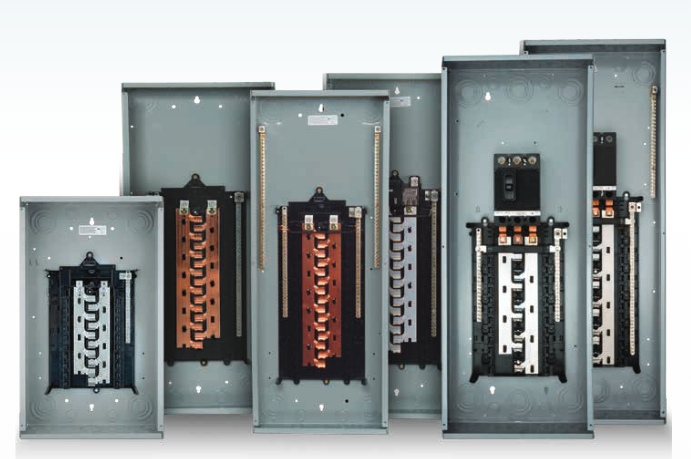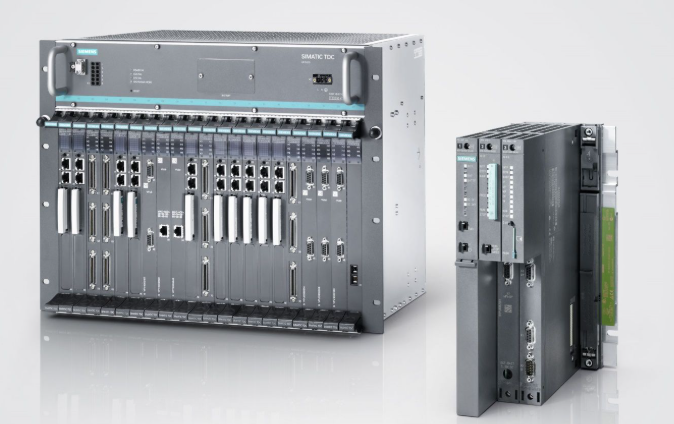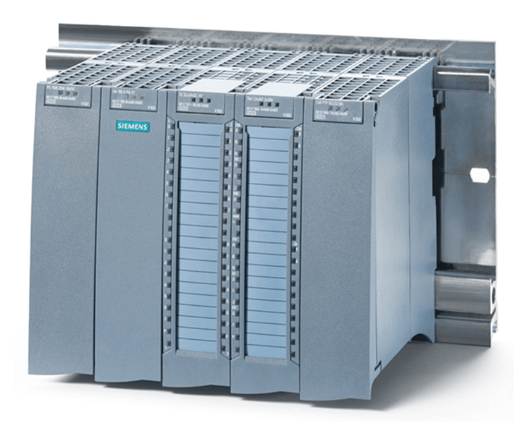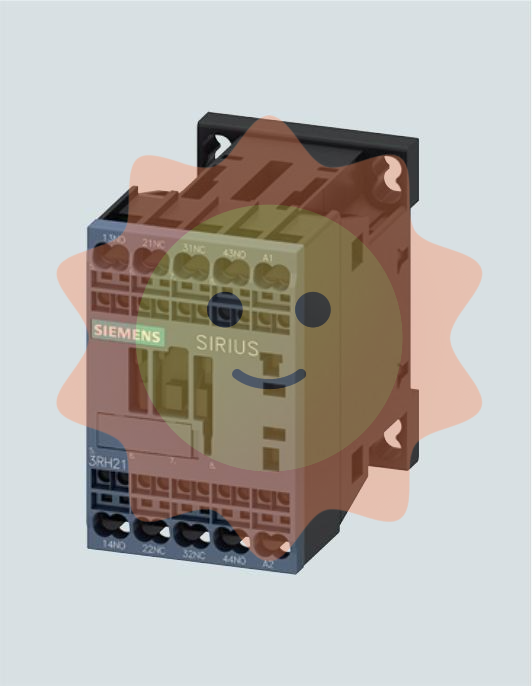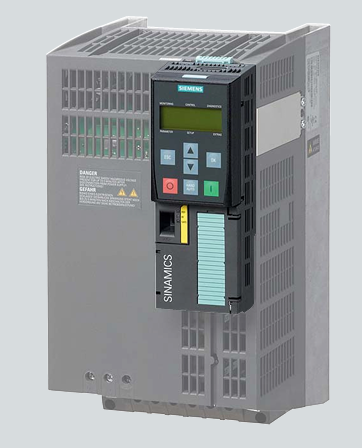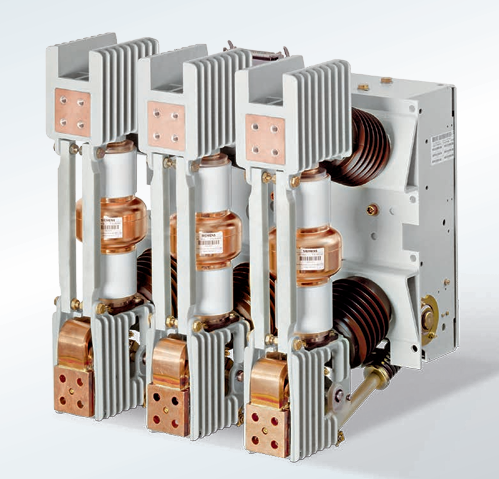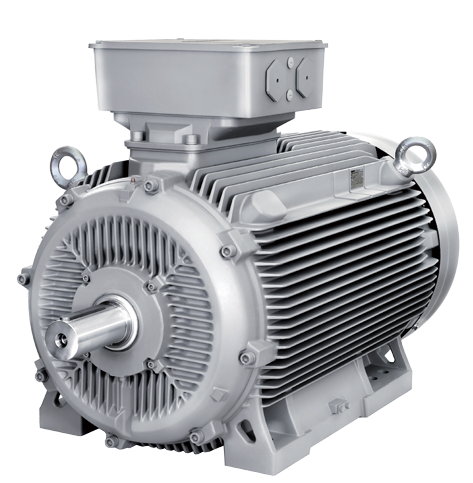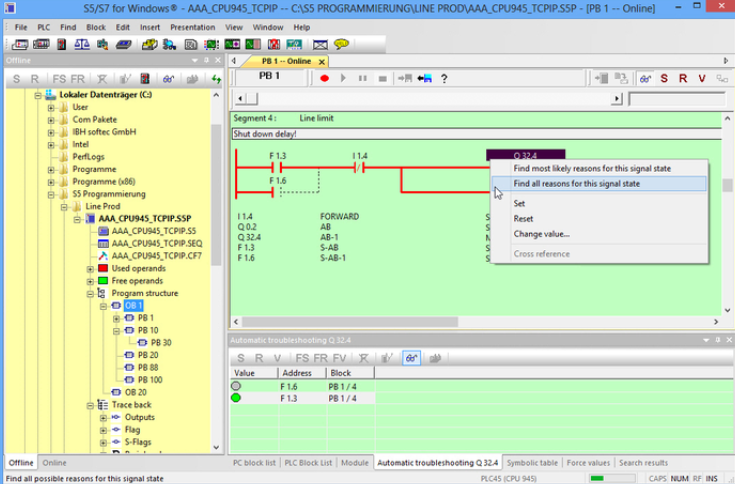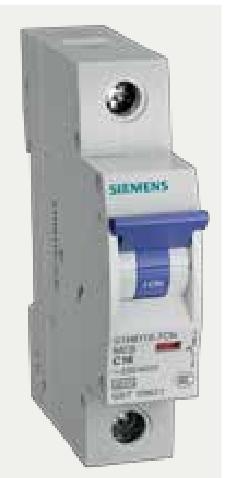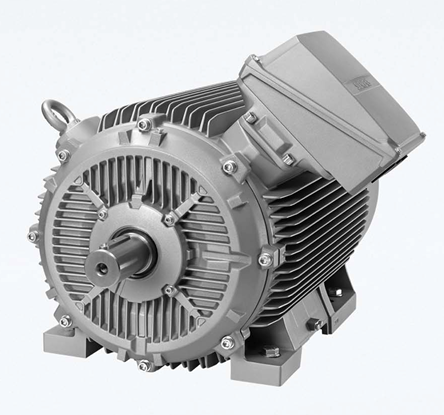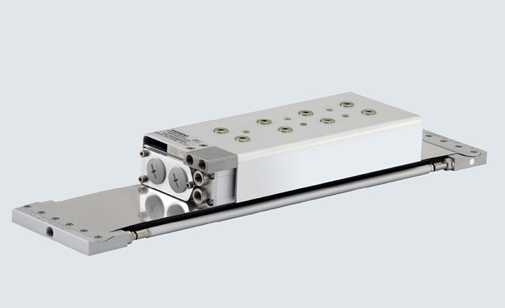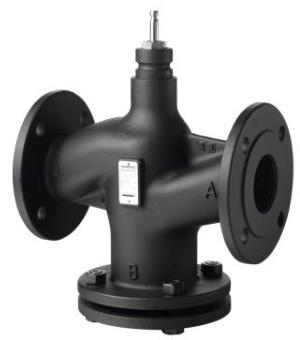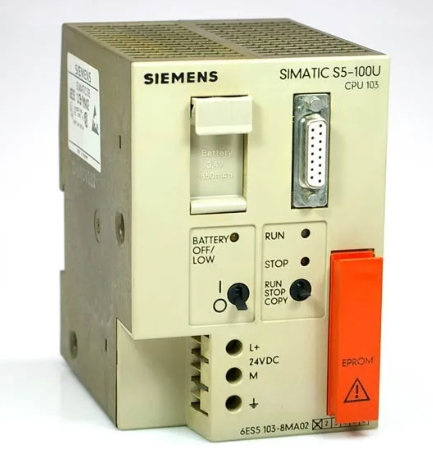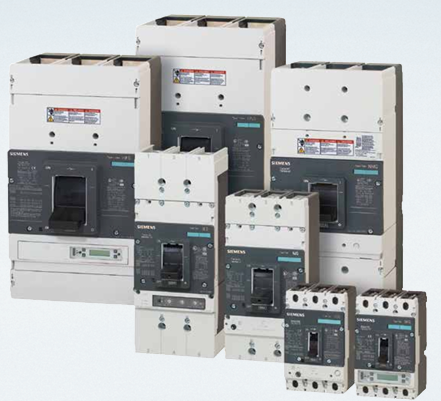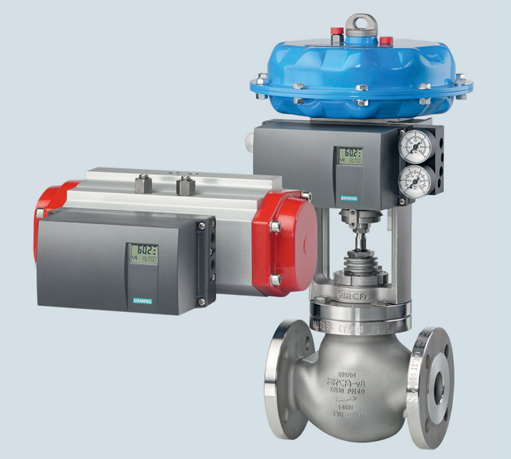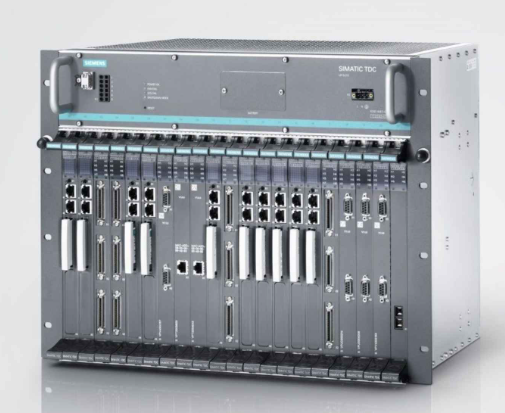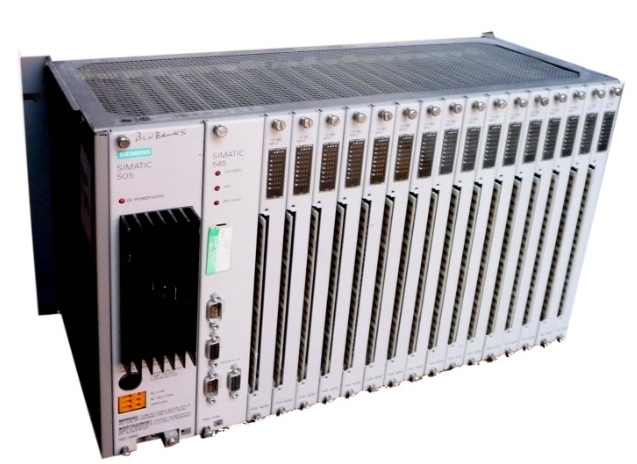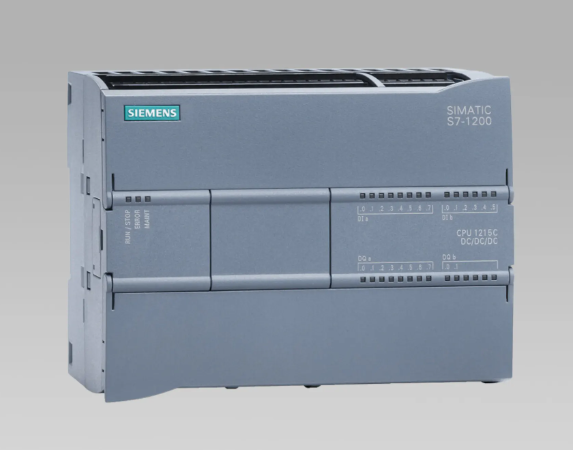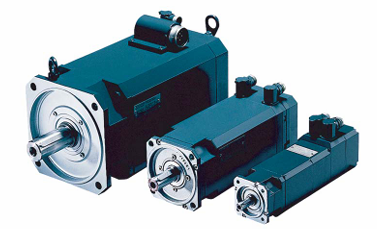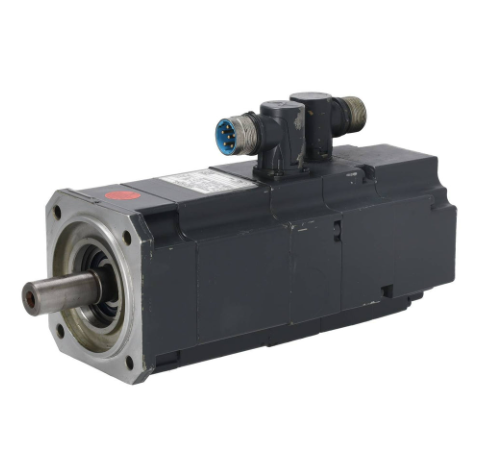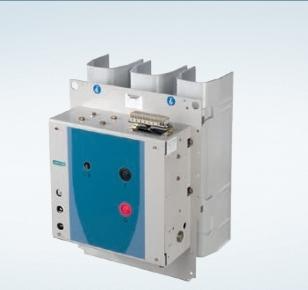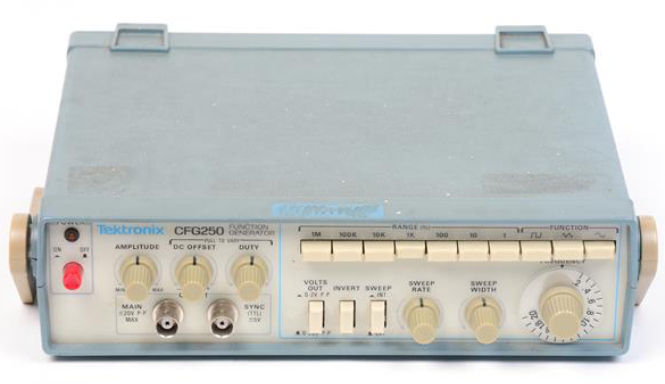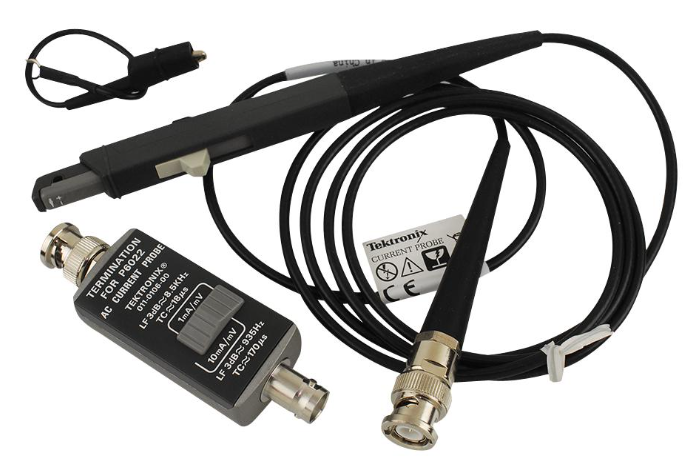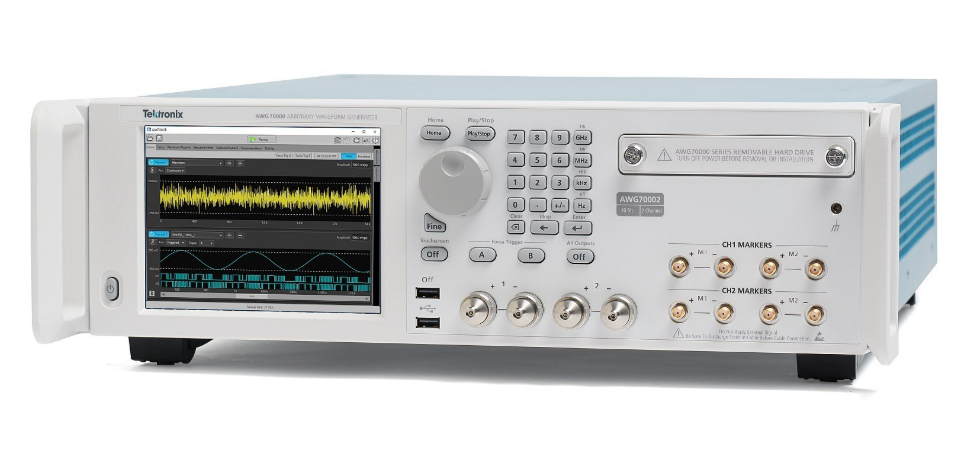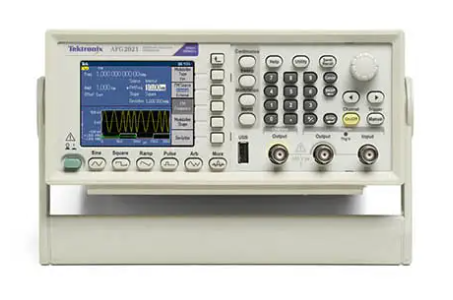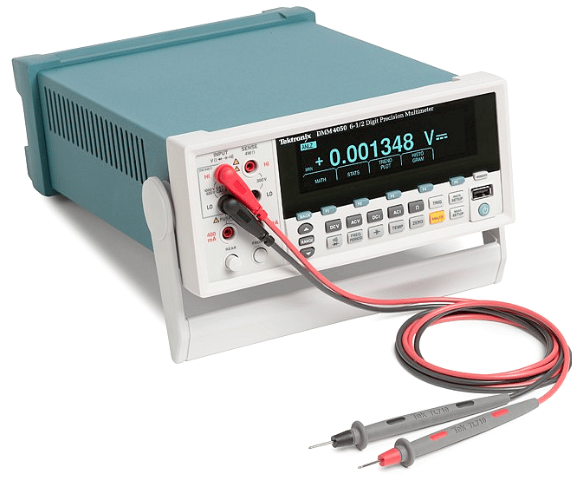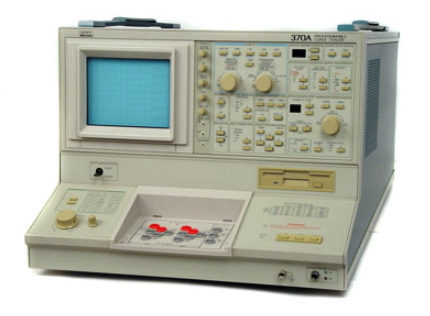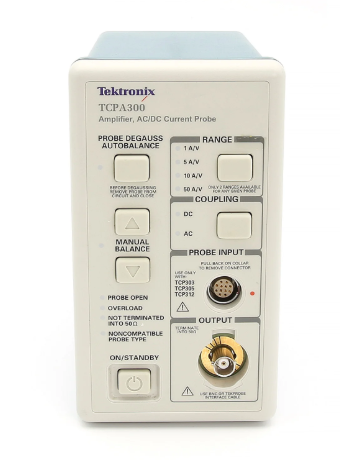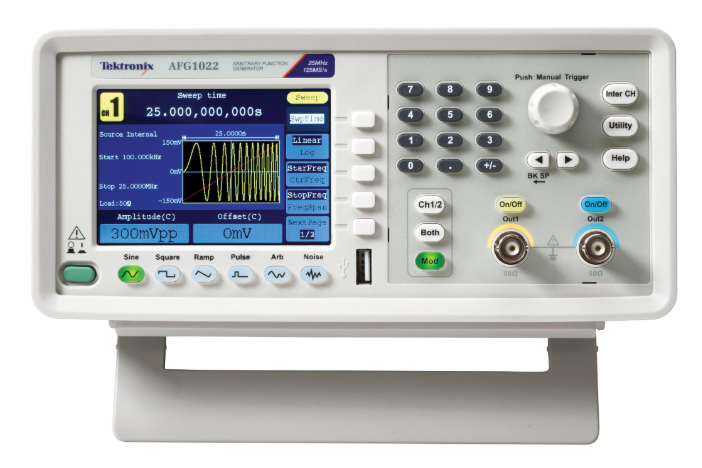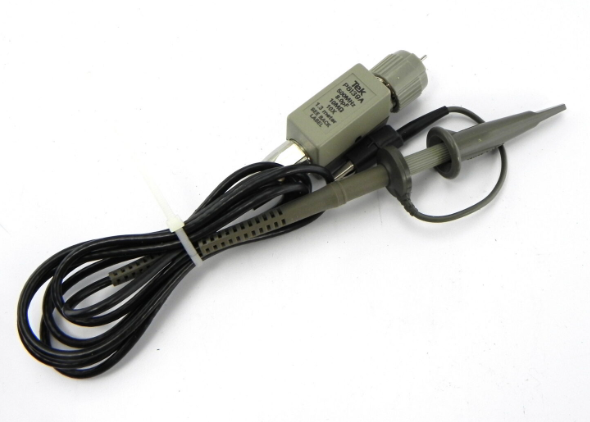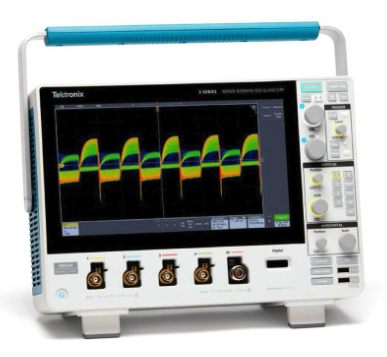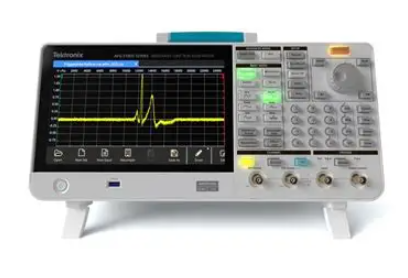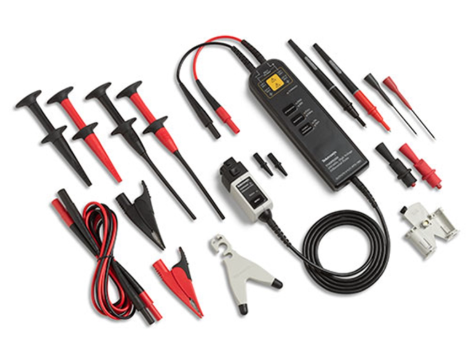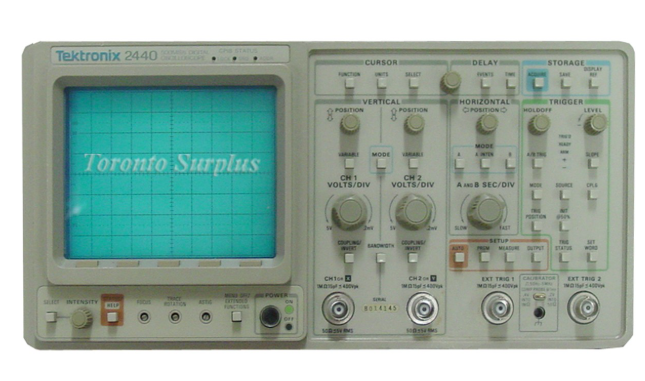GE 342A3647P240W28 - PWR SUP240W AC-125DC-28DC
Part Number 342A3647P240W28 Manufacturer General Electric Country of Manufacture As Per GE Manufacturing Policy Series Mark VI Function Module Availability In StockIS420UCSBH4A Module manufactured by General Electric as part of the Mark VI/VIe Series used in gas turbine sppedtronic control systems View More IS220PSCAH1B Module manufactured by General Electric as part of the Mark VI/VIe Series used in gas turbine sppedtronic control systems View More IS220PDIAH1B Module manufactured by General Electric as part of the Mark VI/VIe Series used in gas turbine sppedtronic control systems View MoreModule manufactured by General Electric as part of the Mark VI/VIe Series used in gas turbine sppedtronic control systems
OVERVIEW
Product Definition:The GE 342A3647P240W28 - PWR SUP240W AC - 125DC - 28DC is a power supply manufactured by General Electric (GE). As you can see from the model number, it is a 240-watt (240W) device with an alternating current (AC) input of 125V and a direct current (DC) output of 28V, which is mainly used to convert alternating current (AC) to a specific direct current (DC) to provide electrical support for devices that require a DC power source.
Working Principle
AC - DC Conversion Process: The power supply usually contains a rectifier circuit, a filter circuit and a voltage regulator circuit. Firstly, the rectifier circuit converts the incoming 125V AC power into pulsating DC power. Common rectification methods include half-wave rectification and full-wave rectification. For this kind of power supply with slightly higher power, full-wave rectification may be used, such as bridge rectification, which makes use of the unidirectional conductivity of diodes to make use of both the positive and negative half-circuits of the alternating current, and obtains a pulsating current closer to direct current.
Filtering and Voltage Regulation: Next, the filtering circuit filters out the AC component of the pulsating DC through components such as capacitors and inductors to make the output voltage smoother. The voltage regulator circuit ensures that the output DC voltage is stabilised at around 28V, and it adjusts its operating state according to changes in the output voltage. For example, with linear voltage regulator or switching voltage regulator technology, when the load changes or the input voltage fluctuates, the voltage regulator circuit controls the conduction degree of the regulator tube through the feedback mechanism, so as to maintain the stability of the output voltage.
Performance characteristics
Output Stability: It has good output voltage stability, and can stabilise the output DC voltage at about 28V under the change of input voltage and load, and the fluctuation range of the output voltage may be controlled between ±1% - ±3%, depending on the specific design and load conditions, providing stable power supply for the equipments with high requirements on voltage stability.
Power Capacity: The rated power is 240W, which means it can provide enough power for the load. The number of devices or types of devices that can be supported simultaneously can be determined based on the power requirements of the load. For example, it can power multiple small DC devices (e.g. sensors, small controllers, etc.) as long as the total power of these devices does not exceed 240W.
Efficiency Characteristics: In the process of electrical energy conversion, it has a certain conversion efficiency to reduce energy loss and heat generation. Generally speaking, its conversion efficiency may be between 70% - 90%, higher efficiency helps to reduce energy consumption and heat dissipation requirements, improve the reliability and service life of the equipment.
Protection features: To protect themselves and the connected equipment, they are usually equipped with a variety of protection mechanisms. For example, over-current protection prevents damage to equipment due to excessive output current; over-voltage protection automatically cuts off the circuit or adjusts the output when the output voltage rises abnormally, preventing downstream equipment from being damaged by over-voltage; and over-heat protection may also be included to prevent damage to components due to over-heating, by taking measures to reduce the power or stop the operation of the power supply when its internal temperature is too high.
Technical Parameters
Input Parameters
Voltage range: the input voltage is 125V AC, allowing a certain voltage fluctuation range, possibly between 100V - 140V, so as to adapt to the normal fluctuation of the grid voltage and to ensure that it can still work normally under a certain range of voltage changes.
Frequency range: Applies to the standard grid frequency, generally 50Hz - 60Hz, which is a common frequency range for most AC power supplies.
Maximum Input Current: According to the power formula P = UI (P is power, U is voltage, I is current), the maximum input current is about 1.92A (I = P/U) for a rated power of 240W and an input voltage of 125V, and in practice, the input current varies according to the actual power demand of the load.
Output parameters
Voltage Output: Stable DC 28V output voltage, as mentioned before, the output voltage fluctuation range is small, which can meet the needs of equipment requiring high voltage accuracy.
Current output range: the maximum output current can be calculated by power and voltage, which is about 8.57A (I = P/U), the actual output current depends on the power of the connected load, as long as the current demand of the load does not exceed this maximum value, the power supply can supply power normally.
Ripple Voltage: The ripple content in the output DC voltage is low, the ripple voltage may be controlled within a few tens of millivolts, for example, the ripple voltage is less than 50mV, which indicates that the output voltage has a high degree of smoothness, which is favourable to the equipment with high requirements on the quality of power supply.
Physical Parameters
Dimensions: The external dimensions may vary according to the specific design, generally speaking, the length may be between 10cm - 20cm, the width between 5cm - 10cm and the thickness between 3cm - 8cm, such dimensions are convenient to be installed in the equipment chassis or control cabinet.
Weight: The weight is usually between 0.5kg - 2kg, the lighter weight is convenient for installation and handling.
Environmental Parameters
Operating temperature range: can work in a wide temperature range, generally - 10 ℃ - + 50 ℃, in this temperature range can be stable power output, to adapt to different indoor and industrial environment temperature.
Humidity range: The relative humidity range is usually 10% - 90% (non-condensing), which ensures normal operation under different humidity conditions and avoids electrical failures caused by humidity problems.
Areas of application
Industrial control equipment: In the field of industrial automation, DC power supply is provided for various industrial control equipment, such as programmable logic controllers (PLC), sensors, human-machine interfaces (HMI) and so on. These devices usually need a stable DC power supply to ensure their normal control and monitoring functions, the output characteristics of the power supply can well meet these needs.
Communication equipment: It can be used to supply power for some small communication equipment, such as some small modules in communication base stations and indoor wireless access points. Communication equipment requires high stability and reliability of the power supply, its 28V DC output and protection features can provide suitable power support for these devices.
Medical equipment: In some small medical equipment, such as portable medical monitoring instruments, small treatment equipment, etc., this power supply can be used as an external power source to convert AC mains power to DC power required by the equipment. Its stable output and protection mechanism help ensure the safe and stable operation of medical equipment.
Installation and Maintenance
Installation Requirements
Location selection: It should be installed in a dry, well-ventilated location, avoiding proximity to heat sources and humid environments. For example, do not install near radiators, water pipes, or direct sunlight to prevent malfunction due to overheating, moisture, or other environmental factors. Also, keep away from sources of strong electromagnetic interference, such as large motors and transformers, to ensure the quality of the output power supply.
Installation: Follow the installation guide provided by the manufacturer for installation, which can usually be screw-fixed or rail-mounted. During installation, make sure the connection is firm to avoid poor contact or electrical failure due to looseness. Also, pay attention to the correct connection of input and output lines, and strictly follow the labelling to connect the AC input and DC output ports.
Maintenance Points
Regular Inspection: Check the appearance of the power supply periodically for signs of damage, burnt components, or loose parts. Check that the connecting wiring is secure and that there is no oxidation or breakage. Also, check that the heat sink holes are not blocked to ensure good heat dissipation.
Performance test: Conduct regular performance tests by connecting the load and measuring the output voltage and current with a voltmeter and ammeter to check whether it meets the specifications. At the same time, you can use an oscilloscope to check the ripple of the output voltage. If the output voltage or current is found to be abnormal, or if the ripple is too large, the internal circuitry may need to be further checked or repaired.
Cleaning and Maintenance: Keep the surface of the power supply clean to avoid dust accumulation that may affect heat dissipation. If the working environment is dusty, you can use a clean brush or hair dryer (cold air setting) to clean it regularly. During the cleaning process, be careful to avoid moisture from entering the interior of the power supply.

- User name Member Level Quantity Specification Purchase Date
- Satisfaction :
-









Email:wang@kongjiangauto.com

